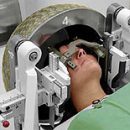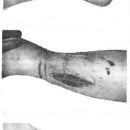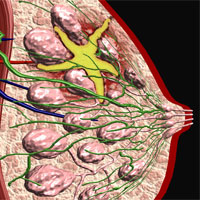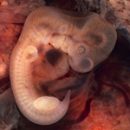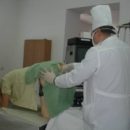Keratoacanta has many titles: Mollusk horny, greasy, pseudocarcinomatous, pseudoepitheloma, benign Akantoma, Women's seed cysts, epitheliopo-ours, false cancer, tumor-shaped keratosis. What is it?
Content
What do we know about the tumor
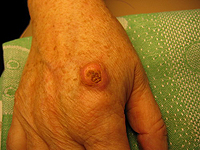 Keratoacanta — Keratoacanthoma, from Greek. Keras — Hornstitch and Acantha — Thorn. Until recently, Keratoacanta was considered a relatively rare disease that makes up 3-5% of all malignant skin tumors. But such an idea of the frequency of occurrence Keratoacant is not quite fair. In recent years, due to the increasing number of people's appeals and improving the quality of diagnostics, there is a rapid increase in the number of registered cases of this disease. Keratoacanta is believed that men are somewhat more often (60% of observation cases) than in women, mostly aged 50-70 years, much less often - at young age and in the form of casuiste-in children and adolescents.
Keratoacanta — Keratoacanthoma, from Greek. Keras — Hornstitch and Acantha — Thorn. Until recently, Keratoacanta was considered a relatively rare disease that makes up 3-5% of all malignant skin tumors. But such an idea of the frequency of occurrence Keratoacant is not quite fair. In recent years, due to the increasing number of people's appeals and improving the quality of diagnostics, there is a rapid increase in the number of registered cases of this disease. Keratoacanta is believed that men are somewhat more often (60% of observation cases) than in women, mostly aged 50-70 years, much less often - at young age and in the form of casuiste-in children and adolescents.
Keratoacanta - initially benign epithelial (epithelium - layer of cells, covering the body outside, for example, covering, skin epithelium, or lining cavity from the inside, for example, intestinal epithelium) tumor, developing from the coating epithelium, although there are points of view of origin from the sebaceous glands and Hair bulbs of the skin, and out of the output ducts of sweat glands. At the same time, the atypical localization of Keratoacant on the red border of the lips, on the oral mucosa clearly testify to its epithelial origin.
Causes of Keratoacant
There are guidelines for viral nature, on the effect of long-term insolation (exposure to sun rays), injury, impact of tar, resin.
Who has Keratoacant
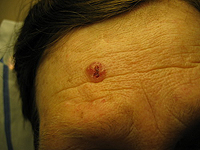 More often found on the face and hands of hands in the elderly. For 1—3 months Keratoacanta reaches a diameter of 2 cm, stabilizes in growth and can spontaneously disappear, leaving the scar after himself. Keratoacanta can go into cancer. In these cases, the tumor grows slower, an ulcer appears in the center of the tumor.
More often found on the face and hands of hands in the elderly. For 1—3 months Keratoacanta reaches a diameter of 2 cm, stabilizes in growth and can spontaneously disappear, leaving the scar after himself. Keratoacanta can go into cancer. In these cases, the tumor grows slower, an ulcer appears in the center of the tumor.
The unique distinctive feature of the development of Keratoacanta lies in its development. The following phases are distinguished, or periods, Keratoacant evolution:
- Growth period (progress phase),
- Stabilization period (latent phase),
- period of involution (phase of regress), or reverse development.
The growth period continues on average of about 3-5 weeks, while especially the rapid growth of the tumor is observed in the first 8-10 days. Within 1 - 1.5 months, Keratoacanta reaches the maximum value, after the fourth month, its growth stops and the stabilization period occurs, which continues to the month, after which the tumor can regress (decrease and disappear). The period of involution (reverse development) is the longest time and can be several months. At this time, smoothing, a compaction of the neoplasm, the change in its coloring in the direction of approaching the color of normal skin, rejection of the corneum masses (dead cells, leather scraps), the disappearance of clear boundaries with surrounding tissues.
What does Keratoacant look like
Keratoacanta is a semi-shaped node, dense consistency, pale pink color. In the center of the formation is a crater-shaped recess filled with horny masses. On the edges, a dense reddish roller is often observed. Occurs in the form of a separate element, but sometimes multiple.

